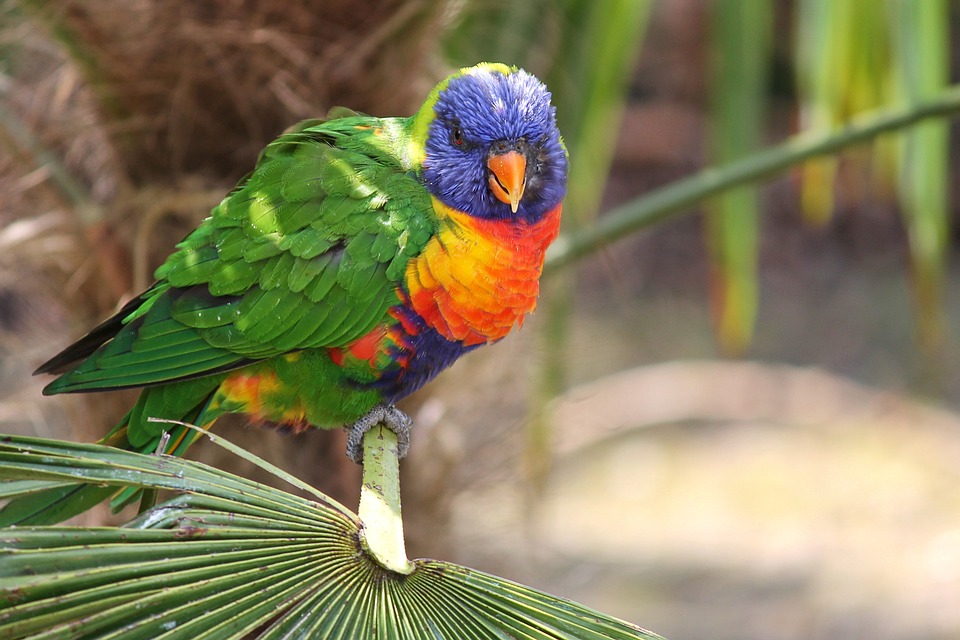Parrot training is crucial for the overall well-being and mental stimulation of our feathered friends. However, introducing unfamiliar training props can sometimes be challenging, as parrots may exhibit fear or reluctance. In this article, we will explore the power of positive reinforcement in overcoming these fears and helping your parrot embrace new training tools with confidence.
Understanding the Fear Response in Parrots
It is essential to recognize fear-based behaviors in parrots to address and overcome them effectively. These behaviors may include vocalizations, biting, fluffing up the feathers, or trying to escape. Parrots may develop fear of unfamiliar training props due to their natural instinct to be cautious of anything new in their environment. It is important to acknowledge and address these fears to create a comfortable and safe training experience for your parrot.
The Power of Positive Reinforcement
Positive reinforcement is a training technique that involves rewarding desired behaviors with treats, praise, or favorite toys. By using positive reinforcement, you can enhance trust and confidence in your parrot. Establishing a strong foundation through positive reinforcement before introducing new training props is essential. This foundation will help your parrot associate training sessions with positive experiences and develop a willingness to learn and explore.
Gradual Desensitization: Step-by-Step Approach
To overcome fear of unfamiliar props, it is crucial to take a gradual desensitization approach. Assess your parrot’s comfort level by introducing familiar objects as positive associations. This can help build confidence and create a sense of security. Once your parrot is comfortable with familiar objects, gradually introduce the unfamiliar prop in a controlled and non-threatening manner. Start by placing it at a distance and slowly bring it closer over time.
Associating Props with Positive Experiences
Create positive associations with the prop by using treats, praise, and favorite toys. Reward calm and curious behavior towards the prop, and gradually increase exposure time and proximity. This will help your parrot understand that the prop is not a threat and can lead to enjoyable experiences. Be patient and consistent in your training approach, and celebrate small victories along the way.
FAQs: Addressing Common Concerns
Q1: What if my parrot shows extreme fear or aggression towards new training props?
A: If your parrot exhibits extreme fear or aggression, it is best to consult a professional avian behaviorist. They can assess the situation and provide tailored advice based on your parrot’s specific needs.
Q2: How long does it typically take for a parrot to overcome fear of unfamiliar training props?
A: The time required varies for each parrot. It can take anywhere from a few days to several weeks or months. Patience and consistency are key to success.
Q3: Can I use punishment-based methods to address fear of unfamiliar props?
A: Punishment-based methods should be avoided, as they can worsen fear and damage the trust between you and your parrot. Positive reinforcement is a more effective and humane approach.
Q4: Are there any signs that indicate my parrot is ready for the next step in training with unfamiliar props?
A: Look for signs of increased curiosity, calmness, and eagerness to explore the prop. If your parrot willingly approaches the prop or shows interest in interacting with it, it’s a positive indicator to proceed further.
Conclusion: Empowering Your Parrot through Positive Reinforcement
By utilizing positive reinforcement techniques and taking a patient, gradual approach, you can help your parrot overcome fear of unfamiliar training props. With time, trust, and consistency, your parrot will become more confident and willing to embrace new learning opportunities. Remember, the goal is to create a safe and enjoyable training environment for your feathered companion.









